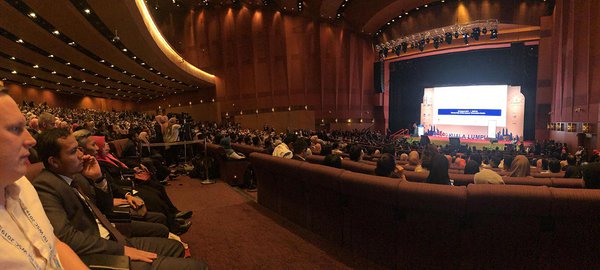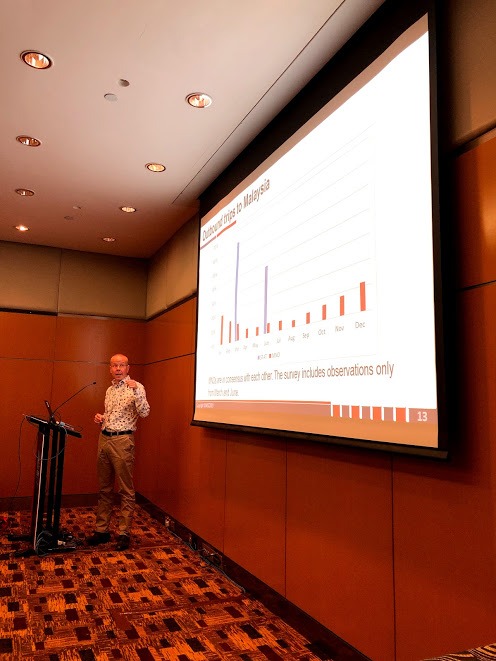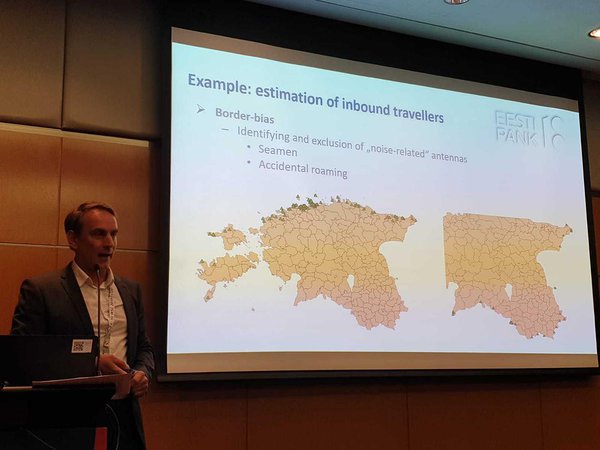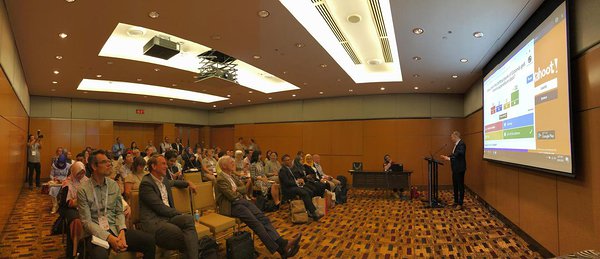This year’s ISI World Statistics Congress brought 2,500 statistics enthusiasts from around the globe to Kuala Lumpur, Malaysia. This year’s congress, more than any before, focused on utilising big data for official statistics and on how statistics can help achieve Sustainable Development Goals (SDGs).
The Positium team was represented by our CEO, Erki Saluveer, and our Head of Sales, Siim Esko, both of whom led sessions and discussions regarding our experiences with using mobile phone data for statistics. During these discussions, many interesting points were raised on how to use big data for the benefit of statistics. Here are our five key takeaways from the congress:
Primary collection methods don’t come first
Several National Statistical Offices (NSOs) related how they value data collected for other purposes first, before primary collection methods are even considered. Many NSOs have it written in their Statistical Act that statistical production must rely on data collected elsewhere (administrative or transactional data) before primary collection methods are applied. Sessions which covered survey collection methods on their own were very rare at this year’s Congress.
Mobile positioning data (MPD) will be adopted widely in statistics
Ronald Jansen, Assistant Director at the United Nations Statistics Division, said that there is increased demand for statistics. Misha Belkindas from Open Data Watch at the World Bank said that “big data is here, and it is here to stay”. MPD is one fine example of this kind of big data that is in high demand to grant the request for more granular statistics. The NSOs of 21 countries have used MPD at least in pilot project form, and two of them – Indonesia and Estonia – use it for the regular production of official tourism statistics. As a front-runner, the Bank of Estonia (Eesti Pank) has been using MPD combined with credit card data for the last 10 years to produce statistics on tourism. According to Jaanus Kroon (Eesti Pank), the idea came when the borders between EU countries became fluid, requiring them to adapt their methods of data collection.
Innovation meets tradition
In a country like Indonesia, however, determining the number of inbound tourists is more complicated as the country has numerous border areas on its over 17,000 islands. Inbound cross-border MPD was hence combined with traditional methods, like surveys, to improve the accuracy of statistics. According to Sarpono Dimulyo from Badan Pusat Statistik (BPS - Statistics Indonesia), combining qualitative methods with quantitative ones helped them understand the motivations and behaviour of cross-border travellers. Pasi Piela from Statistics Finland presented how MPD helps increase the granularity of their inbound and outbound statistics where surveys fall short due to small sample sizes – at the monthly level and for countries outside the top four. Much more work remains to be done in this field, combining various methods was the topic of many sessions.
Public and private collaboration
This year’s conference showed that exploring partnership between public and private sector organisations can prove to be the key in achieving SDGs. In recent years, this has been encouraged by the UN’s SDG 17. For example, in the case of MPD, the success of using this data source to measure incoming tourist numbers relied on an international partnership between governmental organisations and mobile network operators in Indonesia, and private companies in Estonia. Jaanus Kroon (Eesti Pank) emphasised that a public-private partnership (PPP) will allow for faster solutions than a do-it-yourself approach.
For NSOs, a more natural partnership is one with academic institutions, or with departments of private sector companies which think in a research-oriented way, see the goodwill generated from the cooperation and want to improve the quality of national statistics. Gemma van Halderen (Director of Statistics, UNESCAP) emphasised looking at partnerships that NSOs already have for administrative data collection and see how this could be leveraged. Matthew Shearing, a statistics consultant in Asia, wrote a paper on the challenges of and solutions to establishing valuable PPPs between the private sector and NSOs.
Quality data that evolves
An important note from many NSOs at the conference was that the methodology used in statistics production needs to be adapted and modified with time, similarly to what was done in Estonia. As highlighted by Jozef Olenski (formerly of Statistics Poland), big data should be used, is readily available to be used, but before utilising it, quality assurance should take place. This need applies to all data sources and methods, including MPD. Sarpono Dimulyo, Head of Survey Methodology Design (BPS) spoke about how the method for using MPD in Indonesia has evolved over time, and the quality assurance framework with it.
.png)




